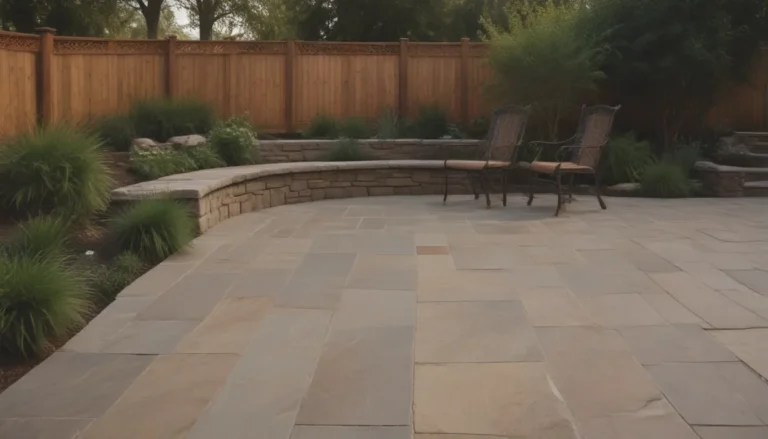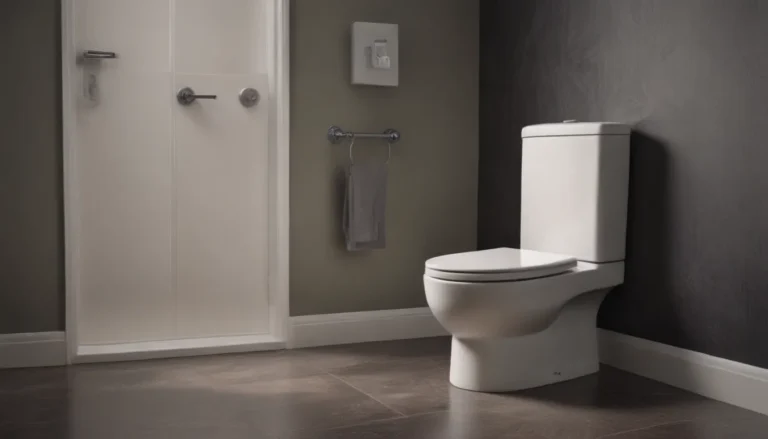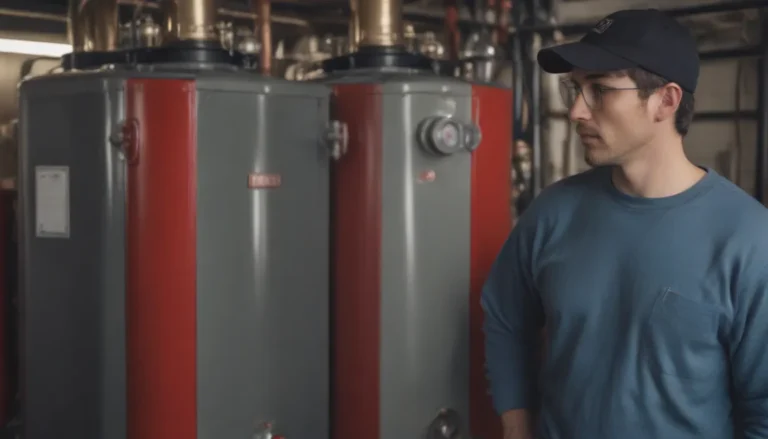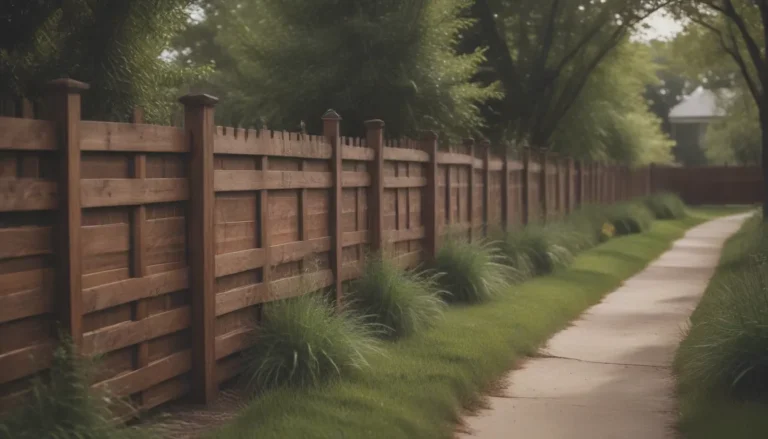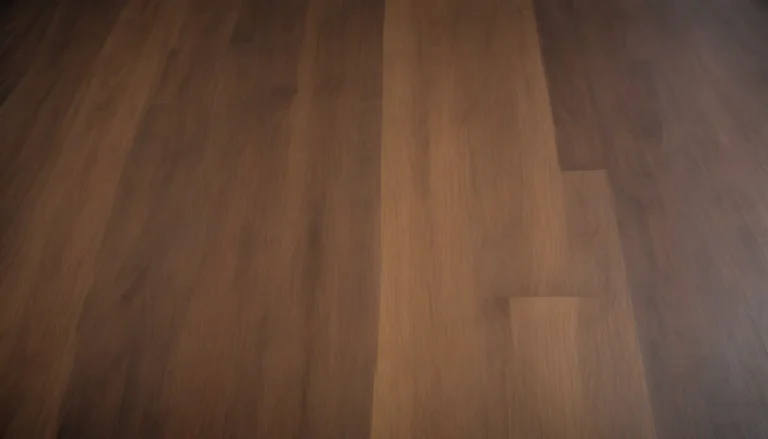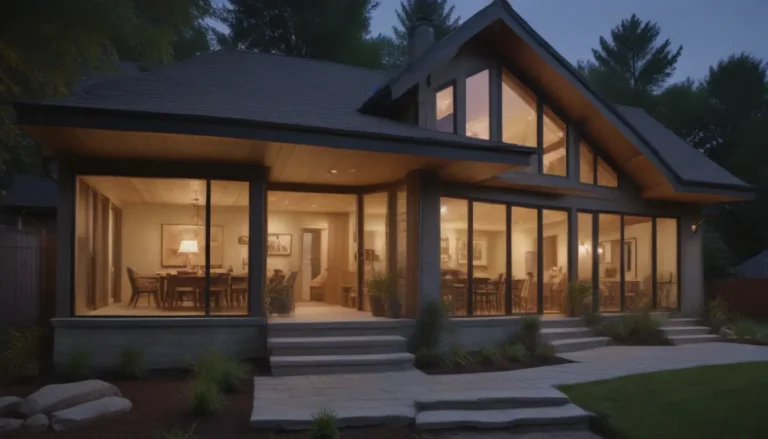The Ultimate Guide to Limewashed Brick
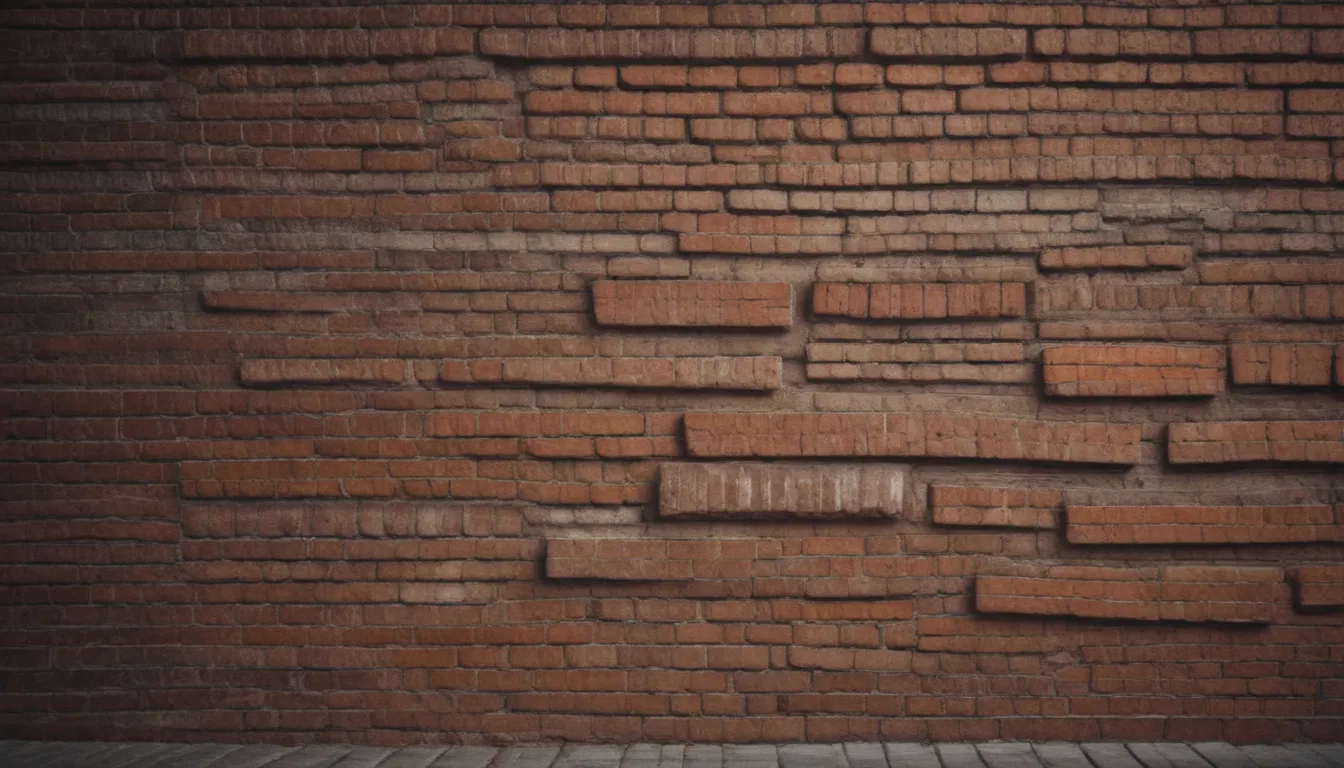
If you’re considering giving your brick a new look, limewashing might be the perfect solution for you. Limewashed brick is a great alternative to traditional latex paint, as it allows the natural texture of the brick to shine through. In this detailed guide, we’ll cover everything you need to know about limewashed brick, from what it is and how it differs from paint to how to apply it and remove it when necessary.
What Is Limewashed Brick?
Limewash is a type of whitewash made from crushed limestone and water. This mixture is painted onto the brick, where it penetrates deeply into the pores, protecting and preserving the brick. Unlike latex paint, limewash is breathable, allowing the brick to remain open to the air and preventing moisture from getting trapped. This makes it an ideal choice for brick homes in areas with harsh climates.
Tip: Limewash is a 100-percent mineral-based option for those who want the look of whitewashed brick without using paint polymers.
The Difference Between Limewash and Paint
One of the main differences between limewash and paint is their composition and how they interact with the surface they are applied to. While latex paint forms a protective skin that can trap moisture, limewash is breathable and allows the brick to retain its natural properties. This makes limewash a more durable and long-lasting option for brick exteriors.
Limewash Appearance
Limewash has a flat and chalky finish, giving brick a semi-transparent look with one coat. Adding more coats or applying thicker batches can make the color more opaque. The color of the brick will show through, especially with one coat, creating a unique and natural appearance. With multi-colored brick, the darker bricks will show through the limewash, adding to its character.
Tip: Limewash has been used for centuries in Europe and the Mediterranean as a cost-effective way to protect and enhance the appearance of buildings.
Buying Limewash Paint
Purchasing pre-mixed limewash paint is a convenient option for those who want to skip the process of mixing raw ingredients. This type of limewash paint usually comes in neutral or earthy colors like gray, beige, or white. While it may still require some water to be added, pre-mixed limewash paint is a good choice for small areas that need to be limewashed.
Limewash vs. Whitewash
Limewash is a specific type of whitewash made from limestone and other minerals, while whitewash is a broader category that can include various materials. Whitewash made from latex paint tends to sit on the surface of the brick, while limewash penetrates deeply into the pores, providing better protection and longevity.
Pros and Cons of Limewashed Brick
Pros:
– Non-toxic
– Inexpensive
– Breathable
– Bacteria- and mold-resistant
– Long-lasting
Cons:
– Limited color range
– Scuffs off easily
– Difficult to clean
– Cannot be washed
How to Make Limewash
If you prefer a DIY approach, you can make your own limewash using hydrated lime and water. Mix the two to a consistency of whole milk, adjusting the lime content to achieve your desired opacity. Making your own limewash is a cost-effective option for larger projects and can save you money in the long run.
Limewash Applications Methods
Limewash can be applied using different methods, including a brush, spray, or roller. The application process can affect the final appearance of the limewashed brick, so choose the method that best suits your project.
- Brush: Provides a more traditional and controlled application.
- Spray: Allows for quick and even coverage.
- Roller: Offers a faster application for larger areas.
How to Limewash Brick
- Cover Protected Areas: Protect surrounding areas with plastic sheeting to prevent overspray or spills.
- Clean the Brick: Ensure the brick surface is clean and free of debris before applying the limewash.
- Prepare the Limewash: Mix the limewash with water to achieve the desired consistency.
- Dampen the Brick: Lightly dampen the brick surface to aid in absorption.
- Apply the First Coat: Use a masonry brush to apply the first coat of limewash.
- Let the Limewash Dry: Allow the limewash to dry before applying additional coats if needed.
Can Limewash Be Removed?
Limewash can be removed, especially soon after application or with fewer coats. Old limewash that has soaked into the brick may require more effort to remove. Using acidic cleaners or abrasive methods can help in removing limewash from brick surfaces.
Tips for Limewashing Brick
- Limewash generally lasts from five to seven years before needing to be reapplied.
- Mixing your own limewash is cost-effective and allows for customization.
- Apply thinner coats for a more natural look or thicker coats for a more uniform appearance.
- Limewash is a great way to refresh the look of your brick without completely covering it up.
In conclusion, limewashed brick is a timeless and cost-effective way to enhance the appearance of your home’s exterior. By understanding the benefits, application methods, and maintenance tips for limewash, you can transform your brick surfaces with ease. Give limewash a try and discover the beauty of this traditional and durable finish.
